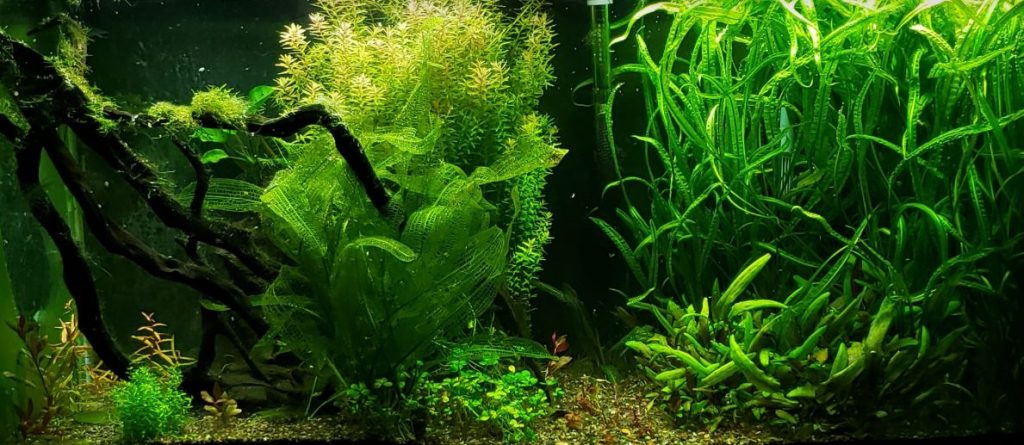
The recommended chronic exposure upper limit in the aquarium of nitrite in parts per million is dependent on pH as follows (from Duke University https://users.cs.duke.edu/~narten/faq/cycling.html):

These limits are for chronic toxicity, where long term damage to internal organs occurs.
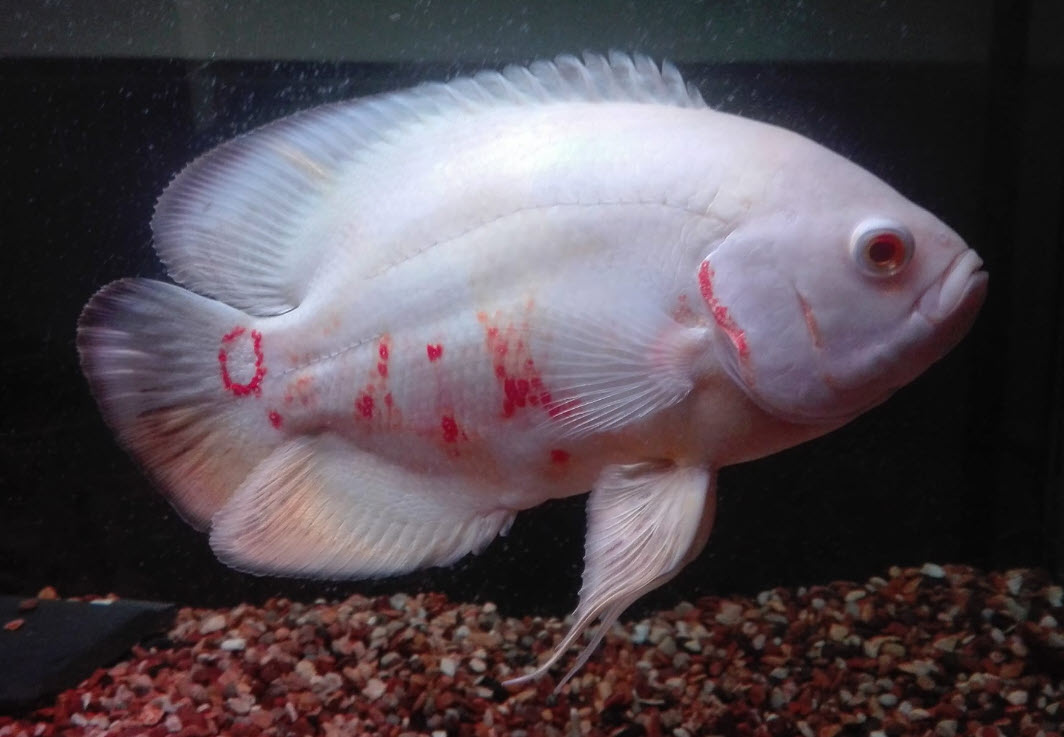
There are some university papers on the toxicity of nitrites. “Acute Toxicity of Ammonia and Nitrite to Cutthroat Trout Fry”, Thurston et. al., 2011:
“The toxicity of ammonia and of nitrite was tested on cutthroat trout (Salmo clarki) fry (1-3 g) for periods up to a month in eight laboratory flow-through bioassays. Median lethal concentration (LC50) values for ammonia (mg/liter un-ionized NH3) were 0.5-0.8 for 96 hours, and 0.3-0.6 for 36 days. Nitrite LC50 values (mg/liter NO2-N) were 0.5-0.6 for 96 hours, and 0.4 for 36 days. Tissues of fish exposed for 29 days to 0.34 mg/liter un-ionized ammonia evidenced degenerative changes in gills, kidneys, and livers. Cutthroat trout fry are comparable to rainbow trout (Salmo gairdneri) fry in their susceptibility to acute toxicity from aqueous ammonia and nitrite”.
This takes some interpretation. Mg/liter NO2-N is milligrams per liter of nitrite nitrogen (The N in NO2). This is what researchers use. Milligrams per liter is the same as parts per million (ppm). To convert the nitrite nitrogen to what fishkeepers use as nitrite (total nitrite, i.e. both the nitrogen and the oxygen in NO2) one must multiply the researchers’ number by 3.36. This says fish died with nitrite at levels of 1.34 ppm for 36 days.
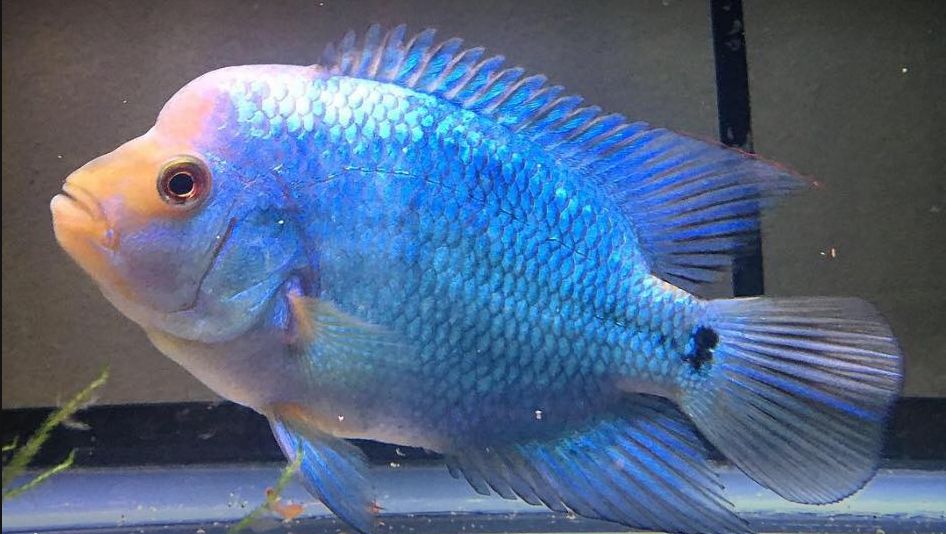
Another possibly more pertinent reference is: “Susceptibility of the Amazonian Fish, Colossoma macropomum (Serrasalminae), to Short-term Exposure to Nitrite”, Tadeu et. al. 2004:
“Nitrite (NO2−) is toxic to fish. High levels of NO2− may develop in natural aquatic environments or in aquaculture systems, a situation that is aggravated in tropical regions by high temperatures and low dissolved oxygen. The toxicity of NO2− was evaluated in the Amazonian fish, Colossoma macropomum (Black Pacu) to define the environmental quality standards and management of culture system for this species. The acute toxicity of NO2− was tested using a renewal bioassay system and a series of increasing NO2− concentrations up to 0.4 mM NO2− (5.6 mg l−1). Blood samples were taken after a 96-h exposure to NO2− to determine the hematological parameters, methaemoglobin (MetHb) concentration and plasma nitrite bioaccumulation. The 96-h LC50 was calculated as 0.13±0.06 mM NO2− (1.82±0.98 mg l−1), indicating high sensitivity of this species to nitrite.”
This is a short-term 96-hour toxicity of 1.82 ppm for nitrite to what is probably a very sensitive fish (Amazon fish have a reputation as being sensitive to water parameters). So the short-term lower limit for nitrite is much lower than ammonia, probably 2 ppm short term per this reference.
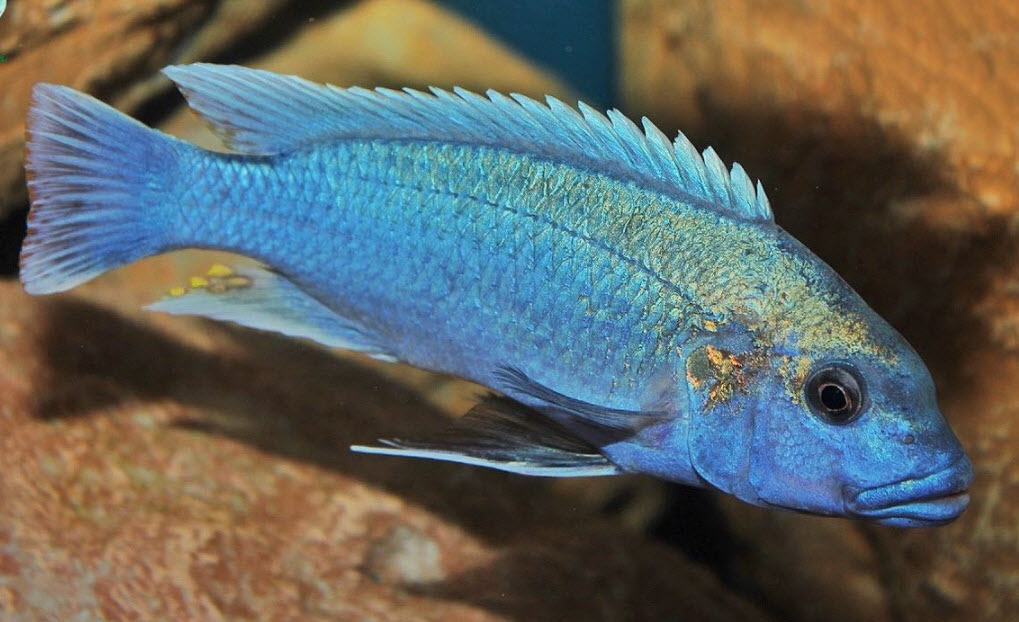
And finally, there was one study which probably summed it up best. It was a study done on Cardinals, an Amazonian fish known to be sensitive to water parameters. Reference the journal article: “Tolerance to Temperature, pH, Ammonia and Nitrite in Cardinal Tetra, Paracheirodon axelrodi, an Amazonian Ornamental Fish”,OliveiraI et. al., 2004

At a nitrite of 1.0 ppm there started being significant short-term toxicity to cardinals. This is significant, and it forms the lower acute limits for the short term toxicity recommendations. The lower limits of the EPA and Duke University say that long term exposure of tropical fish to nitrite at 7.0 pH should probably be 0.5 to 2 ppm, depending on the species. This is much higher than most in the aquarium community will accept but that’s what the literature supports.
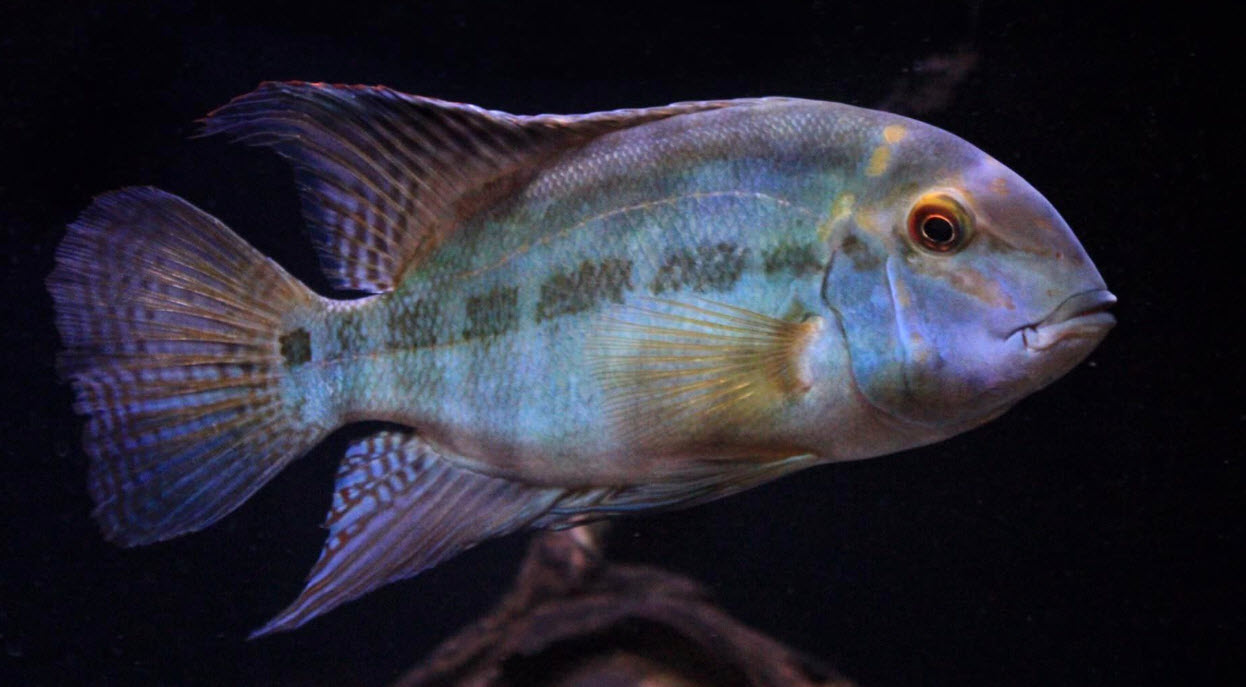
Based on all this research, the acute toxicity of nitrite in the aquarium is as follows: The acute toxicity is where the fish die in hours or days. This is the “Toxic” level in the chart below. The chronic toxicity is where the fish will have diseases and a general “failure to thrive”. This is the “Alarm” level below:
.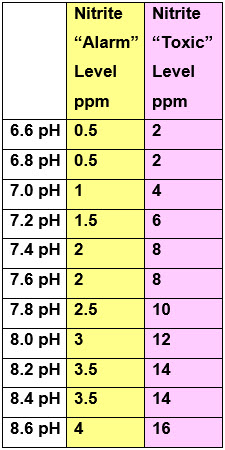
Again, one should aim for undetectable nitrites in aquariums. Not because nitrite is all that toxic, rather because the presence of nitrite indicates inadequate biofiltration. And inadequate biofiltration gives high bacteria counts which are bad for fish.
Preventing Nitrite Poisoning with Salt
If a newcomer to the hobby sets up their aquarium with fish in it and must do “cycling with fish in the aquarium”, they should add one teaspoon of table salt or aquarium salt for every 10 gallons of water to REDUCE nitrite toxicity for planted tanks. Two level tablespoons per ten gallons will add a cushion of safety for fish only tanks.
Nitrite is an ion which competes with the chloride ion for uptake by the gills of a fish. So the chloride ion (i.e. table salt) can significantly lower the toxicity of nitrite.
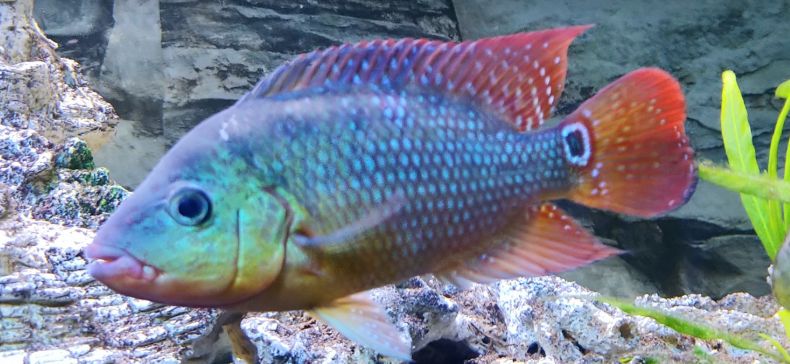
Per “Nitrite Influence on Fish: a Review”, Kroupova et.al. 2005:
The experiments conducted on rainbow trout and fathead minnow (Pimephales promelas) showed that the relationship between nitrite toxicity and chloride concentration was linear (Russo and Thurston, 1977; Palachek and Tomasso, 1984b; McConnell, 1985). Machova et al.(2004) also proved the linear relationship between lethal concentration and chloride concentration in water for ornamental fish Poecilia reticulata.
The 96hLC50 values of NaNO2 ranged between 39 and 436 mg/l depending on the chloride concentration(10–190 mg/l). The effect of chloride on LC50 for nitrite appears to be inversely related to the sensitivity of a fish species to nitrite. The most sensitive species benefit from chloride addition to the least extent although the benefit is large even for sensitive fish (Lewis and Morris, 1986).
Per this author one ppm of chloride protects against roughly 2 ppm of nitrite (sodium nitrite is two thirds nitrite by weight).

One research article said five to six ppm chloride protect from 1 ppm nitrite. “Recirculating Aquaculture Tank Production Systems”, Masser et. al. Southern Regional Aquaculture Center, March 1992:
“Nitrite toxicity can be reduced or blocked by chloride ions. Usually 5 to 6 parts of chloride protect fish from 1 part nitrite.”
Erring on the side of caution we will go with 6 parts chloride per 1 part nitrite. 1 ppm in a 100 gallon tank is 0.36 grams. A level teaspoon of salt has roughly 2.8 grams of chloride in it. So one level teaspoon of salt in a 100 gallon tank has 2.8/.36 or 8 ppm of chloride. This will “detoxify” roughly 1 PPM of nitrite. One level teaspoon per ten gallons will “detoxify” 10 ppm of nitrite. Since one teaspoon of salt per ten gallons won’t harm any fish including corydora this is the dosage we recommend for beginners who have to do “fish-in” cycling.

For a more accurate dosage measure the nitrite level in parts per million (ppm). Divide the ppm by eight. This is the number of level teaspoons to put into each ten gallons of aquarium water to detoxify the low levels of nitrite normally seen in fish in cycling.
Note that the research on nitrite and salt was all over the map, varying by a factor of ten as to what is the “best” to prevent nitrite toxicity. This is because there is a diminishing return. One teaspoon is very roughly probably 95% as effective as two tablespoons with very low levels of nitrite. One teaspoon is probably 60% as effective as two tablespoons with very high levels of nitrite. But always the higher the salt the safer you will be. I.e., something along the lines of two tablespoons will be 95% as effective as four tablespoons at very high levels of nitrite.
This is important if one has plants in the tank. Plants typically do not like salt. So you want the lower salt levels if cycling an aquarium with plants and fish.
Note also that salt doesn’t 100% negate the effect of high nitrites. It only reduces the effect. So it is always best to try and keep nitrites minimized.
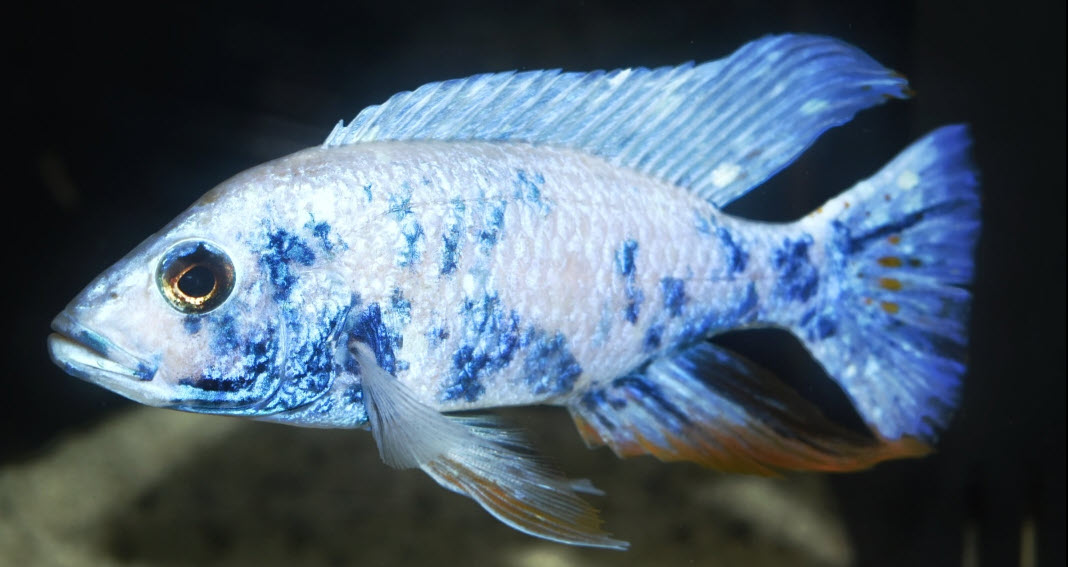
.
Return to Water Parameters Menu
.
Aquarium Science Website
The chapters shown below or on the right side in maroon lead to close to 400 articles on all aspects of keeping a freshwater aquarium. These articles have NO links to profit making sites and are thus unbiased in their recommendations, unlike all the for-profit sites you will find with Google. Bookmark and browse!
.

Patrick says
Hi David, I don’t see any information regarding the effect of pH on nitrite toxicity in the Duke link you provided. Is that where the chart came from?
I looked into the subject and this review concludes from many studies: “Thus, second only to chloride, the pH of water appears to be an important variable when considering nitrite toxicity even though the available data do not allow firm conclusions, particularly at intermediate pH values (see also section 4.3 and Lewis and Moriss, 1986).
https://www.researchgate.net/publication/316686455_Nitrite_and_Freshwater_Fish
Dave says
In reply to Kirk …… Everything here applies equally well to Koi.
kirk says
How do I find this information for koi fish. Thanks
Dave says
In reply to Brandon H … It is correct. There are several papers on this and that range is in the papers.
Brandon H says
The following paragraph jumps from one teaspoon per 10 gallons to two tablespoons per 10 gallons, that’s a 6x difference. Is this paragraph correct or did autocorrect try to help do science?
Start quote:
Preventing Nitrite Poisoning with Salt
If a newcomer to the hobby sets up their aquarium with fish in it and must do “cycling with fish in the aquarium”, they should add one teaspoon of table salt or aquarium salt for every 10 gallons of water to REDUCE nitrite toxicity. Two level tablespoons per ten gallons will add a cushion of safety.
Dave says
In reply to Chrissy …. Just keep doing what you are doing. You might want to buy another nitrite test kit and test. You might just have some bad test strips.
Chrissy says
I have been cycling my tank for about five weeks. Test strips keep showing the highest end for nitrites (danger zone!) but I am spot on for the other parameters. I am doing 25% water changes every few days. It is a 20-gallon planted tank with nine guppies that seem just fine. They came from a much smaller walstad tank. What the heck am I doing wrong? Testing? LOL. I never tested the walstad tank.